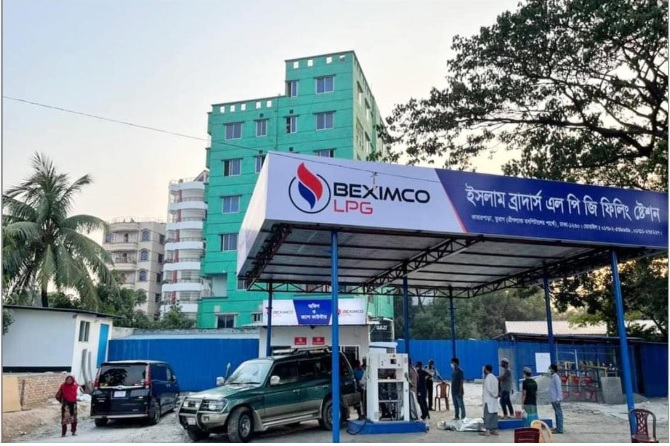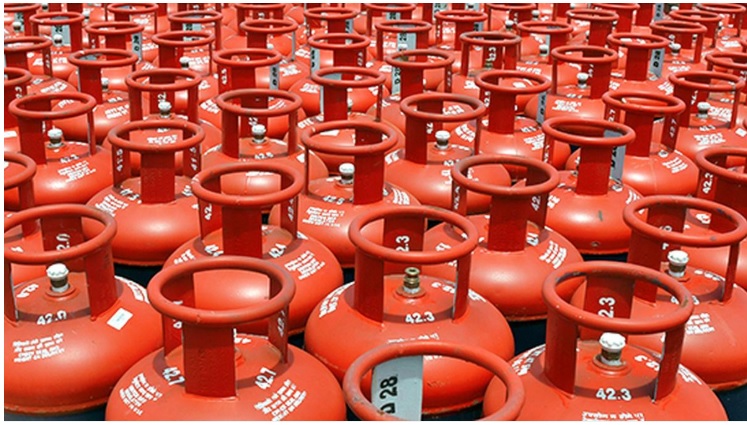What is LPG
Liquefied Petroleum Gas (LPG) is a flammable hydrocarbon gas used as fuel for heating, cooking, vehicles, and industries. It is stored under pressure in liquid form and turns into gas when released. LPG is mainly a mixture of propane (C₃H₈) and butane (C₄H₁₀).
History of LPG
- 1. Early Discovery (1910s): LPG was first identified as a byproduct of petroleum refining and natural gas processing.
- 2. Commercial Use (1920s): The first LPG stoves and heaters were introduced in the U.S.
- 3. Automotive Fuel (1940s): LPG gained popularity as an alternative fuel for vehicles during World War II due to gasoline shortages.
- 4. Global Expansion (1970s–Present): LPG became widely used worldwide for cooking, heating, and industrial applications.
Chemical Properties of LPG
- 1. Main Components: Propane (C₃H₈) and butane (C₄H₁₀).
- 2. Odor: Naturally odorless, but an odorant (ethyl mercaptan) is added for leak detection.
- 3. Flammability: Highly flammable (ignites at 470°C for propane, 365°C for butane).
- 4. Storage: Stored as a liquid under moderate pressure (5–10 bar) in cylinders.
- 5. Energy Content: Higher than natural gas (~46 MJ/kg for propane).
Chemical Properties of LPG
- 1. Main Components: Propane (C₃H₈) and butane (C₄H₁₀).
- 2. Odor: Naturally odorless, but an odorant (ethyl mercaptan) is added for leak detection.
- 3. Flammability: Highly flammable (ignites at 470°C for propane, 365°C for butane).
- 4. Storage: Stored as a liquid under moderate pressure (5–10 bar) in cylinders.
- 5. Energy Content: Higher than natural gas (~46 MJ/kg for propane).

Uses of LPG
- 1. Household: Cooking, water heating, and space heating.
- 2. Automotive: Fuel for LPG-powered vehicles (Autogas).
- 3. Industrial: Fuel for furnaces, forklifts, and welding.
- 4. Agriculture: Grain drying and pest control.
- 5. Refrigeration: Used as a refrigerant (R290).
History of LPG in Bangladesh
- 1. Early Use (1960s–1980s): Limited use in industries and wealthy households.
- 2. Growth (1990s–2000s): Increased demand due to urbanization and unreliable natural gas supply.
- 3. Recent Expansion (2010s–Present): Government promotes LPG to reduce dependency on natural gas. Over 7 million households now use LPG.
Uses of LPG in Bangladesh
- 1. Cooking: Primary fuel in urban and rural areas (replacing firewood and kerosene).
- 2. Industries: Used in textiles, ceramics, and food processing.
- 3. Transport: Some CNG vehicles also use LPG (Autogas).
- 4. Emergency Fuel: Used during natural gas shortage.
Future of LPG in Bangladesh
- 1. Increasing Demand: Expected to rise due to declining natural gas reserves.
- 2. Government Policies: Subsidies and incentives for LPG adoption.
- 3. Environmental Benefits: Cleaner than coal and firewood, reducing indoor air pollution.
- 4. Challenges: High import dependency (Bangladesh imports 80% of its LPG).
Conclusion
LPG is a versatile, clean, and efficient fuel that plays a crucial role in Bangladesh’s energy sector. With growing urbanization and energy demands, LPG will remain a key fuel for households, industries, and transport in the coming years.
